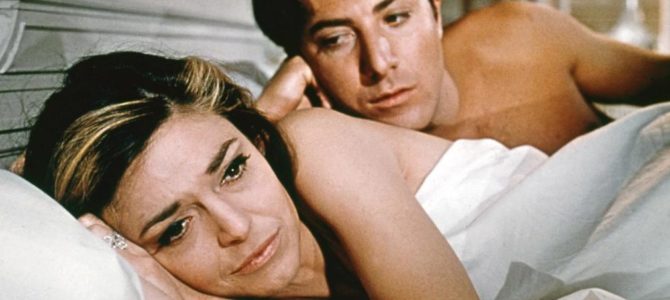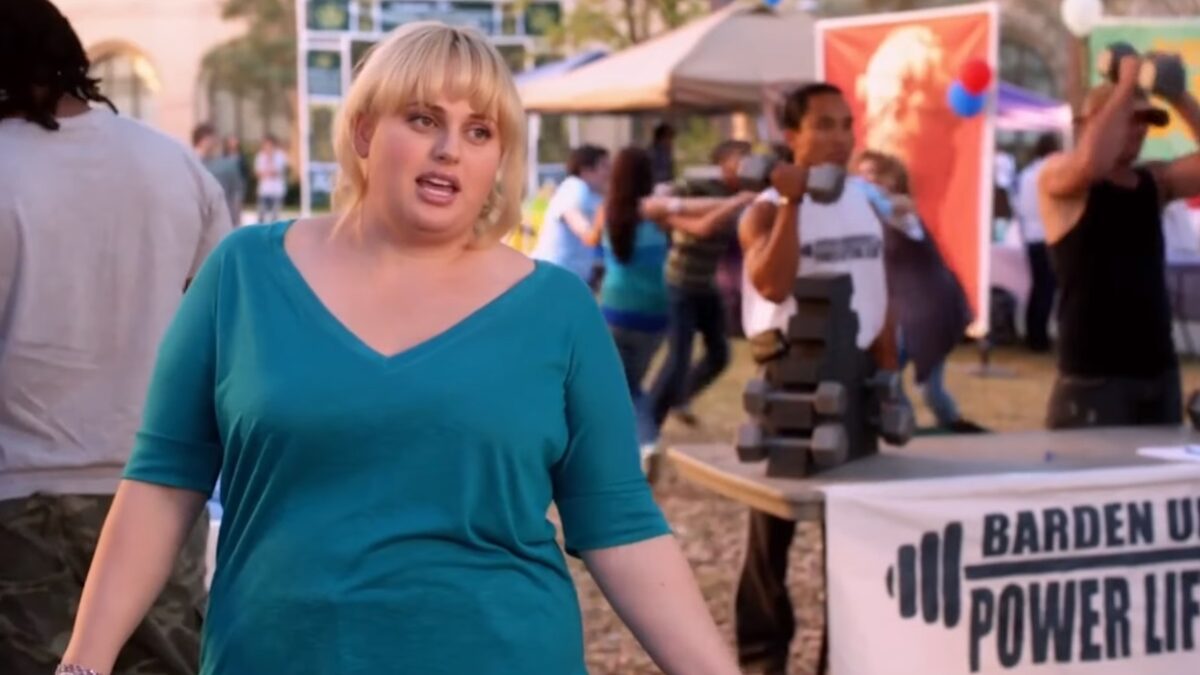
As film and television sets begin to slowly reopen, the question looms of how to resume filming while protecting the safety of the crew and actors. This goal seems borderline impossible when it comes to sex scenes.
Directors UK, who describe themselves as “the professional association of UK screen directors,” released a comprehensive guide to safely filming sex scenes, entitled “Intimacy in the Time of COVID-19.”
The document expresses the means by which production teams can determine whether or not love scenes are even necessary in a film. They write, “Does a physical act need to be shown? If working within a series format, can the intimacy be delayed? The build up to an intimate scene can sometimes be more exciting than the scene itself. Emotional intimacy can be as engaging as physical intimacy.”
In recent years, there has been a move away from build up. Characters often jump into bed at the outset of the courtship, with the development coming in the form of romance growing from the sexual relationship. The cinematic and television landscape has gotten so oversaturated with nudity and explicit sex that, rather than shock or excite, they’ve predominately grown banal due to overexposure. On-screen sex has actually become boring.
Where graphic moments were once shocking and taboo, they’ve become commonplace, losing any excitement whatsoever. Films and shows have been forced to go into darker and darker realms in order to elicit the same effect, and even that no longer works. There’s hardly any extreme that hasn’t become tired and overplayed.
BDSM is the subject of romantic comedies. Incest is a major part of one of the biggest shows in recent memory. Even wholly unrelated shows have thrown in graphic love scenes — which add nothing to tone, character or narrative development, or audience enjoyment — just because they can.
Necessary Intimacy
The document allows for the provision that some could be necessary for the show or film’s story, as agreed upon by the creative team and performers. It is worth noting that not every graphic love scene is gratuitous in nature, as some can effectively communicate changes in the characters or their relationships.
On “Mr. Robot,” the third episode shows two sex scenes involving the show’s pseudo-villain Tyrell; viewers see him seduce a man for information, before returning home to engage in some less-than-typical practices with his pregnant wife. Both scenes are dispassionate, calculated, and give us a window into the exact lengths this Machiavellian schemer will go to in order to attain more power, and the emptiness of his life. These moments, which seem unnecessary at the time, directly lead up to events later in the season.
David Cronenberg’s film “History of Violence” and the Showtime series “Homeland” both use contrasting sex scenes to demonstrate changes in their characters. “Homeland” introduces two major characters in bed with each other, a tender and romantic sight. She is later shown with her estranged husband, in a scene lacking any previous warmth or romance. Those pair of scenes contrasted tell viewers everything they need to know about the characters and their relationships, communicated clearly and effectively.
“History of Violence,” which follows the fracturing of a marriage when a wife discovers her husband’s violent and criminal past, highlights the change in the form of two sex scenes: the first is sweet, calm and happy, while the latter is aggressive and angry. The tension in the formerly strong marriage is demonstrated without the need for awkward exposition.
Future Creativity
Hopefully, these provisions will force directors to be more creative with their depictions of sex onscreen. While increasing modesty and an increased focus on the more exciting suggestion and build up, more unambiguous and demonstrative offerings can certainly be achieved. They just necessitate a little more effort. “Titanic” said more with a hand on a foggy window than many of its increasingly specific counterparts.
The criminally underrated “RocknRolla” contains a fun, clear but non-graphic sex scene between Gerard Butler and Thandie Newton. Lasting under 10 seconds, the frenetically-edited moment is a collection of closeups to facial expressions, before cutting to the pair lying beside each other. The scene communicates everything it needed to say, while fitting nicely with the film’s tone, and was only filmed this way because Butler had a cold and could not film the more traditional version called for in the script.
Inspiration from Classic Hollywood
The future of explicit scenes in cinema will likely move more closely to Old Hollywood than HBO in the coming months. This shift could be wonderful for the future of romantic subplots on film and television.
Classic movies were able to imply sex in a manner that is compelling and far more exciting than many of the present offerings. Due to the Hays Code limiting what was allowed to be shown or discussed, directors had to be creative, relying on suggestion. Suggestion can be far more titillating than overt displays. I’m legitimately looking forward to the break from the gratuitousness and seeing a shift towards subtlety and suggestion.








